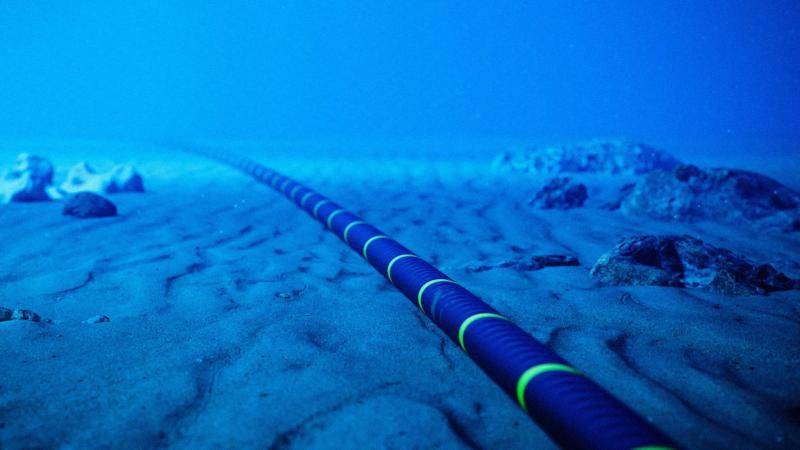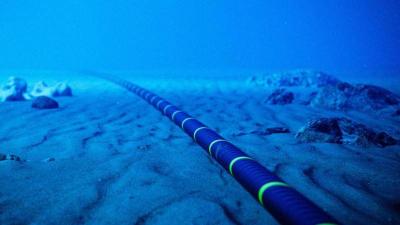The damage to vital undersea communication cables in the Red Sea a few days ago has raised concerns about whether the conflict in the Middle East now threatens internet lines globally. The escalating conflict in this corridor has caused alarm, especially since the waters off Yemen, considered a vital shipping route, are also critical locations for undersea cables that transport emails and other digital traffic between Asia and the West, with around ten cables traversing the region and more planned for construction.
In this regard, Tim Stronge, Vice President of Research at TeleGeography, a company that analyzes the communications market, explained that these bundles of cables are extremely important, noting that over 90% of communication traffic between Europe and Asia passes through them. Stronge also estimated that there are nearly 500 undersea cables worldwide, with an average of 100 disruptions annually. He mentioned that most often the cause is a maritime accident such as an anchor dragging, according to a report by The New York Times.
He added that what mitigates the fragility of individual cables is the redundancy operators have built into the system. He explained that even if all the cables in the Red Sea were cut, internet traffic could be redirected, like tankers, around the Cape of Good Hope at the southern tip of Africa or eastward through Singapore and Japan and across the United States to Europe. He said, "It’s slower, but it can be done."




